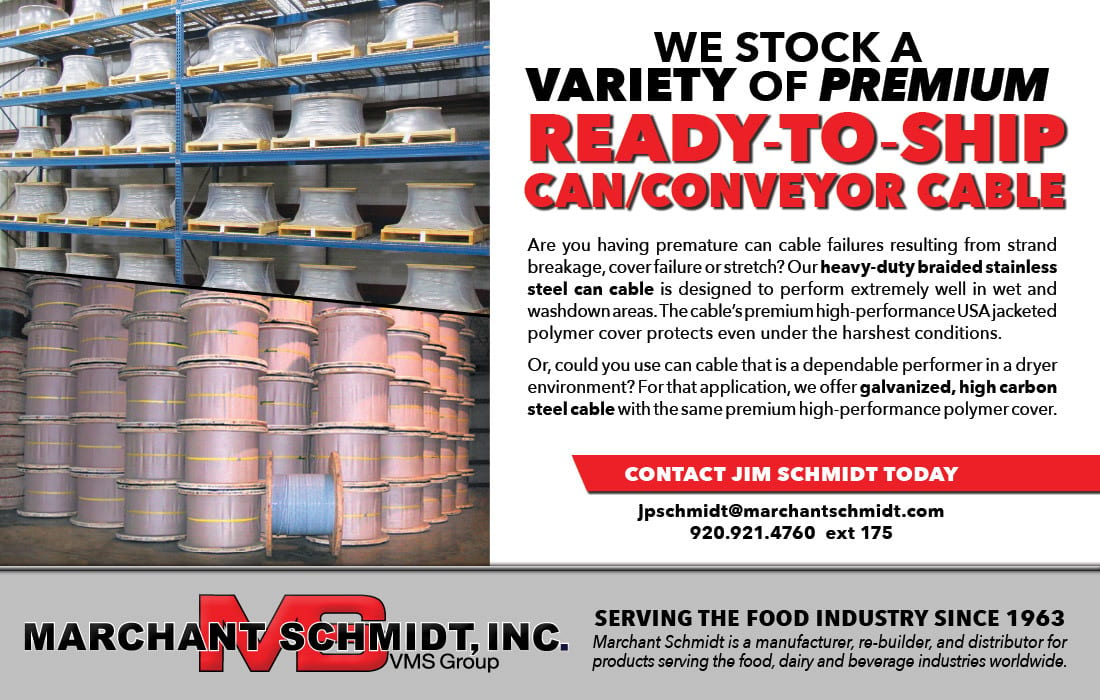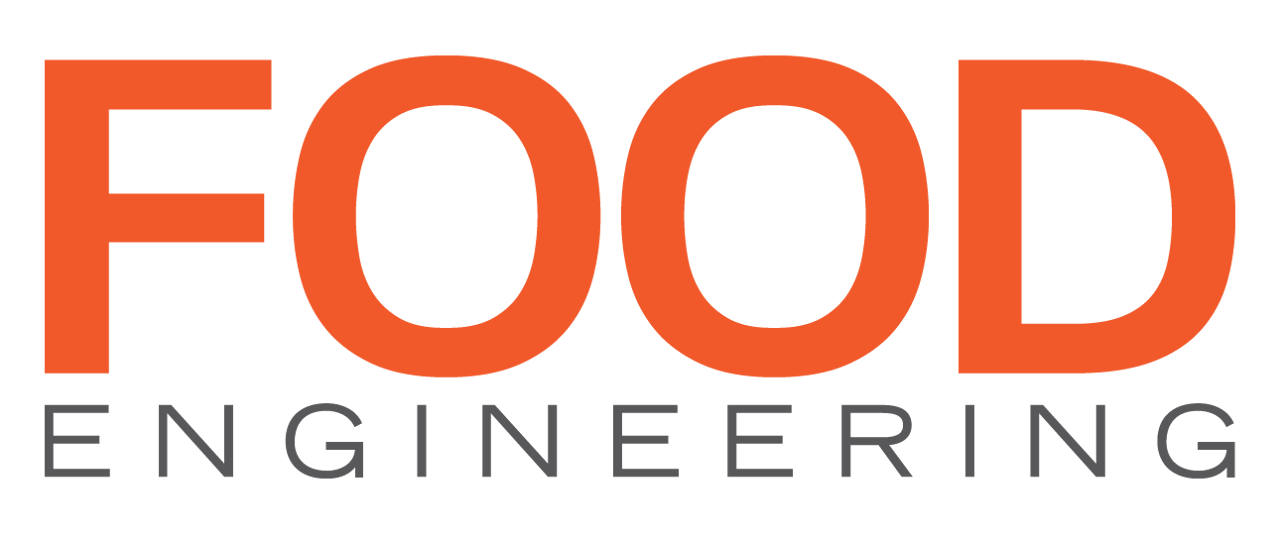Packaging
Use It or Lose It:
Sustainability Challenges in Fresh Food Packaging
Amid a food waste crisis, product protection is a key aspect of fresh food packaging sustainability.
Food packaging has come a long way. Over the last decade, those of you in the food manufacturing business—as well as those, like me, on the materials science side—have witnessed a rapidly rolling movement placing environmental friendliness at the top of priorities lists. Ask most industry professionals to name the top three trends in recent years, and they very well might reply: “Sustainability, sustainability and sustainability.”
As a macrotrend, this is all terrific stuff. I am consistently impressed and excited to see newer, more sustainable materials gain both momentum and market share, and have been privileged to play my own small part in this progress. And while a comprehensive recap would require a few hundred pages rather than a few hundred words, it’s worth appreciating the “all materials on deck” approach that has led to such impressive gains in food packaging sustainability.
BY Eldon Schaffer
Consumers are demanding manufacturers use more sustainable packaging, but that sustainable packaging still has to live up to the rigors of traditional packaging for it to truly make a difference. Image by Getty Images / 97
Eldon Schaffer is CEO of TekniPlex Consumer Products

One aspect has involved replacing less sustainable materials with those that have an extended or even near-infinite lifecycle. At the inception of the sustainability snowball, we saw a variety of items replace plastic packaging with aluminum, metal and glass. Despite weighing more (and therefore requiring more energy to transport), this approach is generally seen as sparing landfills a significant amount of single-use plastics.
However, in my humble opinion, a more invigorating movement has come in the advent and proliferation of more novel, lighter-weight materials. For one, molded fiber has played an enormous role in this “substrate shift.” Seemingly, not a week goes by when we don’t learn about another significant food brand replacing part or all of its packaging platform with molded fiber, thanks to materials science advancements that have made molded fiber more capable of adequately protecting products. Once its job is done, of course, molded fiber is either recycled or composted, depending on the geography.
And then there are plastics themselves. The push for producing plastic packaging from more sustainable resins—chief among them polyethylene terephthalate (PET) and high-density polyethylene (HDPE)—is a technological breakthrough whose benefits we’re only beginning to reap. As materials scientists stand on each other’s shoulders and continue to push the eco-friendly envelope, the ability to compose an increasing percentage of packaging from post-consumer recycled plastics that are themselves recyclable will only climb. We’re getting better at it—and the best is yet to come.

If one egg is cracked in a carton, then the entire carton, along with all that went in to delivering that carton to the supermarket, is wasted. Image courtesy of TekniPlex
However, a package’s overall sustainability is about more than its materials. And perhaps nowhere is that more true than the fresh foods sector.
Considering this, let’s look beyond the materials “replace race” that too often dominates sustainability narratives to discuss one of the most urgent crises impacting food industry sustainability today. From there, we can explore how packaging solutions can help alleviate this challenge.
Let’s take a journey together. Allow me to whisk you away to a peaceful, picturesque…supermarket. It’s a far cry from paradise, but a remarkable destination nonetheless. Foods from across the country and around the world in one multi-aisled, modern masterpiece. As we’ll see, this culinary abundance takes an equally impressive abundance of effort, execution and, especially, energy.
“Not That One…”
Let’s say you need eggs—normally an easy find since the U.S. produces about 100 billion each year. You head over to the refrigerated store perimeter, scoop up a carton and do what everyone else does: pop it open to search for any disqualifying, cracked specimens.
Lo and behold, you find a broken one. So, you do what everyone else does: you put it back. In fact, chances are no one will purchase that dozen. That’s 11 perfectly good eggs wasted due to a hairline fracture in just one.
And that, friends, is Exhibit A (or rather, Exhibit Egg) showcasing how 30%-40% of the U.S. food supply is wasted. Eggs come in slightly lower than that range, about 28%, but that’s still nearly 28 billion wasted eggs per year. The current egg shortage may shave a few billion off that figure, but it’s still in the tens of billions.
Let’s continue around the store perimeter to another food waste mainstay: the meat department. Grab that ground beef.
Oh wait—not that one. That package is leaking a bit. It’s probably fine, but you don’t want to chance it, or get “meat juice” on your other groceries. In fact, no one is likely to buy that package; it will join the 26% of U.S. meat wasted each year.
Next, let’s head over to the dairy section. You’re running low on yogurt. Grab that low-fat Greek vanilla, it’s your favorite…oh yuck. The aluminum seal is punctured and there’s white spatter all over it—and several of its neighboring shelf-mates, for that matter.
We obviously won’t be taking that one—a microcosm of the 17% percent of all yogurt that is wasted, according to EU statistics. That’s 1.5 million tons of nutritious deliciousness curdling in landfills across Europe. In the U.S., yogurt cracks the top ten on the inglorious list of “Most Wasted Foods.” (We’ll meet #5 and #6, both produce items, momentarily.) That’s a lot of unutilized Vitamin D.
Need some fruit? Let’s pick up a few apples. Here’s a five-pound bag…oh wait, one of the apples has a bruise. Grab a different one. It’s little wonder why 45% of all fruits and vegetables are wasted—the equivalent of 3.7 trillion (yes, with a “T”) apples and 1 billion bags of potatoes.
All this harms more than profits. It also hurts the planet.

Great strides have been made in material science to deliver thinner, lighter packaging that is more sustainable while still offering the protective aspects of their less sustainable counterparts. Image courtesy of TekniPlex
Toxic Waste
Food waste is already bad enough. The disposal of that waste also brings additional challenges. Food waste might be one of the least-known major factors in climate change. According to the Environmental Protection Agency (EPA), food waste accounts for 2% of U.S. greenhouse gas emissions. To put this into perspective, that’s about half the emissions caused by the entire aviation sector.
In each of our supermarket examples, one packaging feature more than any other determined the product’s sustainability: protection. Because if it doesn’t sell, it’s not sustainable.
When food is wasted, everything that goes into developing and delivering it—all the producing, processing, transporting, preparing and storing—is wasted along with it. Production and transportation especially generate significant CO2 emissions, and when food ends up in landfills, it emits methane, an even more potent greenhouse gas. Precious land and water also go to waste, both during and after an unutilized product’s unrealized lifecycle.
Is most food waste attributed to packaging? Absolutely not. Per reporting on USDA estimates, the majority of food waste across all categories—eggs, meat, dairy, produce, etc.—occurs when consumers buy foodstuffs, bring them home, then fail to consume them before their real or perceived spoilage.
Where packaging does play a part is precisely the situations discussed above: fresh food points of purchase, where damage-prone goods must pass discerning eye tests—no cracks, leaks or bruises permitted.
Promisingly, materials science has advanced to the point where various product protection tests are being passed with flying colors by newer, more sustainable packaging substrates. These tests include not only shelf-life fulfillment (and even extension), but also the decisive consumer eye test—the point-of-purchase aesthetic obstacle separating sold products from wasted ones.

Materials science companies are just as invested in creating sustainable packaging as everyone else, but that packaging still has to be functional. Image courtesy of TekniPlex
For example, take the emergence of high-barrier, shelf stable rigid packages currently used to package everything from diced fruits and apple sauce to tuna, guacamole and wet pet food. Recent iterations of this platform use a PP/EVOH/PP sheet composition in which the EVOH provides barrier against moisture and oxygen despite being less than 5% of the total substrate.
This is important, because despite providing adequate barrier, this minimized amount of EVOH does not disrupt the polypropylene recycling stream, which is emerging as the third-largest after HDPE and PET, respectively. Food manufacturers and consumers reap the benefits of product protection, while the planet enjoys the package’s final touchpoint: the #5 recycling stream, geographically permitting.
Most importantly, though, is the fact that this improved substrate protects the product. It allows the food it contains to travel hundreds, even thousands of miles along a jostling, sometimes sputtering supply chain; get handled at varying levels of gentleness during warehousing and shelf stocking; and arrive intact and attractive to consumers selecting among similar products.
The point is clear: Sustainable packaging materials must at least equal the performance of their less-sustainable counterparts, if not surpass them. Molded fiber egg cartons are a wonderful example of this, as are yogurt containers comprised of recyclable PP or PET. Soon, expect to begin seeing foam packaging that mimics the benefits of polystyrene but derives from recyclable and renewable resins.
Do we have a stake in the sustainable packaging game? You bet we do. We are a materials science company that has made significant investments into sustainable packaging solutions, from molded fiber egg cartons and produce trays to cartons and protein trays comprised of more recyclable resins like PET. A significant share of the packaging solutions we sell is driven, in part, by sustainability.
But our brand owner customers also know that, first and foremost, packaging decisions must be made with uncompromising product protection in mind. A broken egg in a “more sustainable” package is still a broken egg—and it will go to waste along with its 11 roommates. Ditto for leaky meat and bruised apples.
"The most effective sustainable solutions will help save food as well as the environment."
The food packaging sector has made tremendous strides in mitigating our environmental impact. Everyone is familiar with sustainability’s three capital R’s: Reduce, Reuse and Recycle. The industry has come a long way in minimizing unnecessary single-use plastics by making an increasing percentage of packaging solutions and components recyclable in existing streams.
But that final R—Reuse—can only come to fruition when a product is…well, used. So, while we’re off inventing new substrates and new techniques, we must remember that increasing packaging sustainability must also address product protection capabilities.
After all, sustainability must be practical to be practicable. In the food industry, that means it must entail both materials-science solutions and proven product protection. The most effective sustainable solutions will help save food as well as the environment. FE
Eldon Schaffer is CEO of TekniPlex Consumer Products, which specializes in advanced materials science solutions for companies in the food and beverage and CPG industries, with a focus on protecting products, strengthening brands and innovating sustainably. TekniPlex Consumer Products serves sectors including beauty and personal care, household items, and food and beverage. https://tekni-plex.com/consumer/
AUGUST 2023



